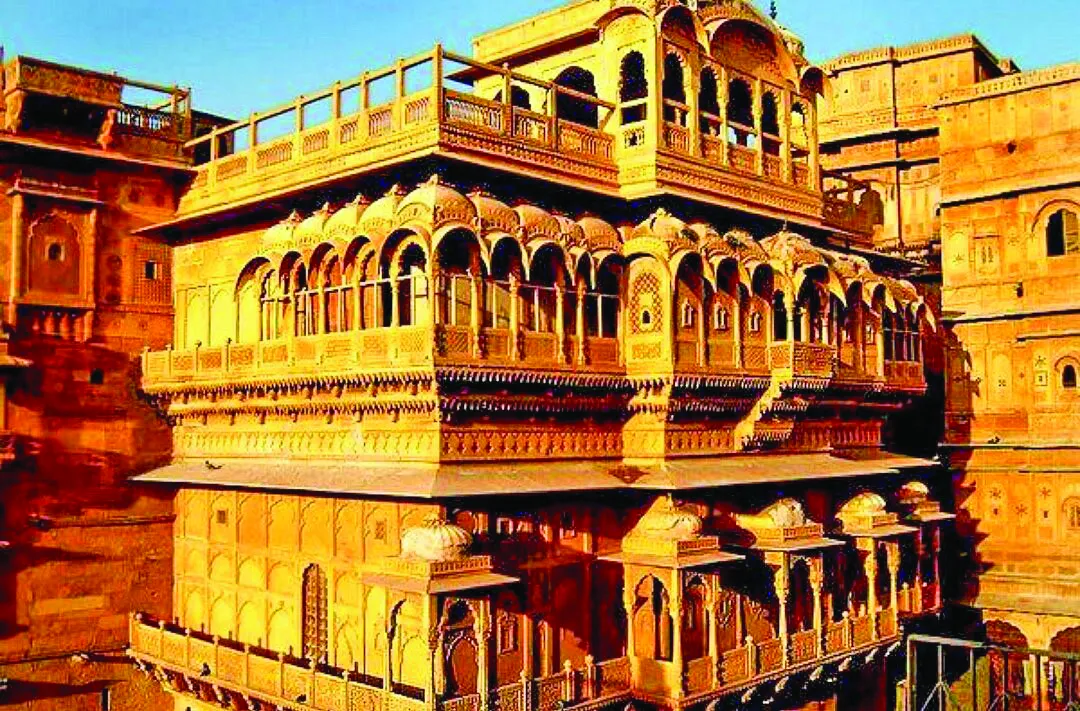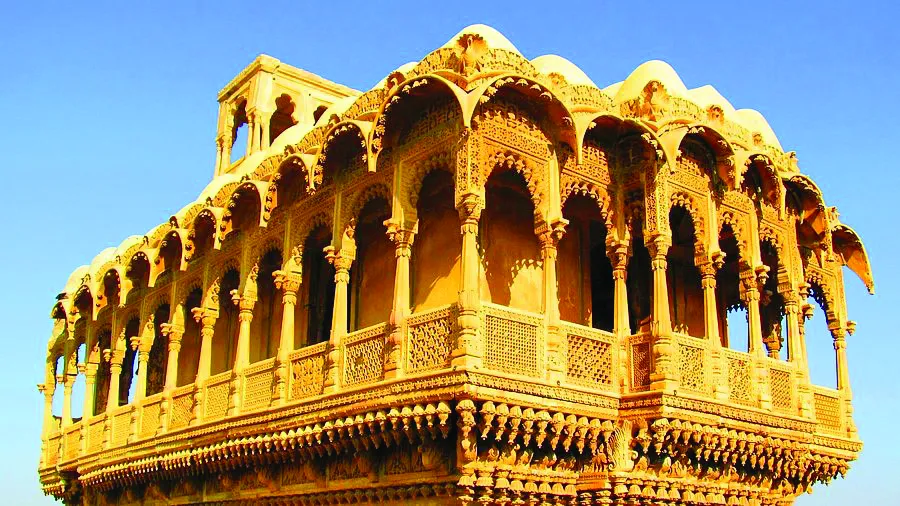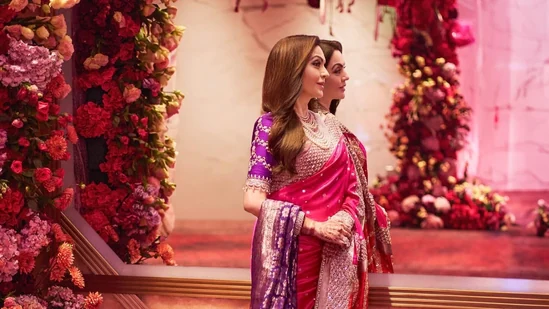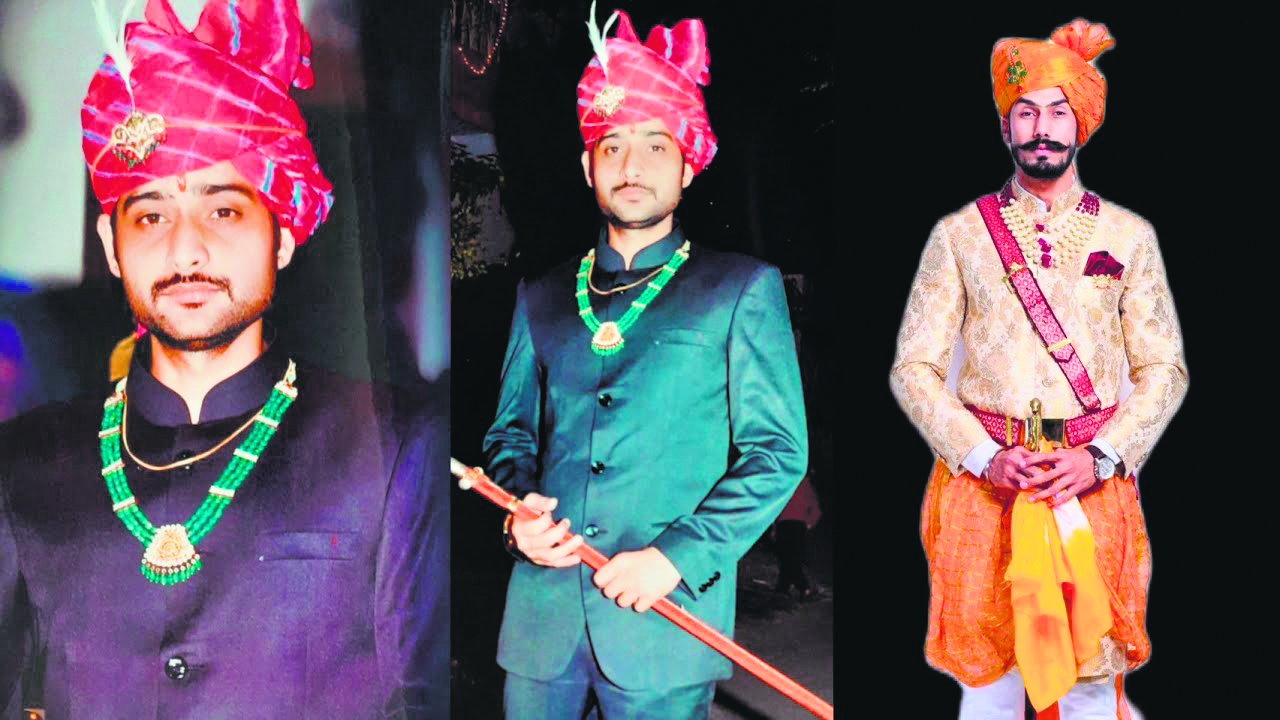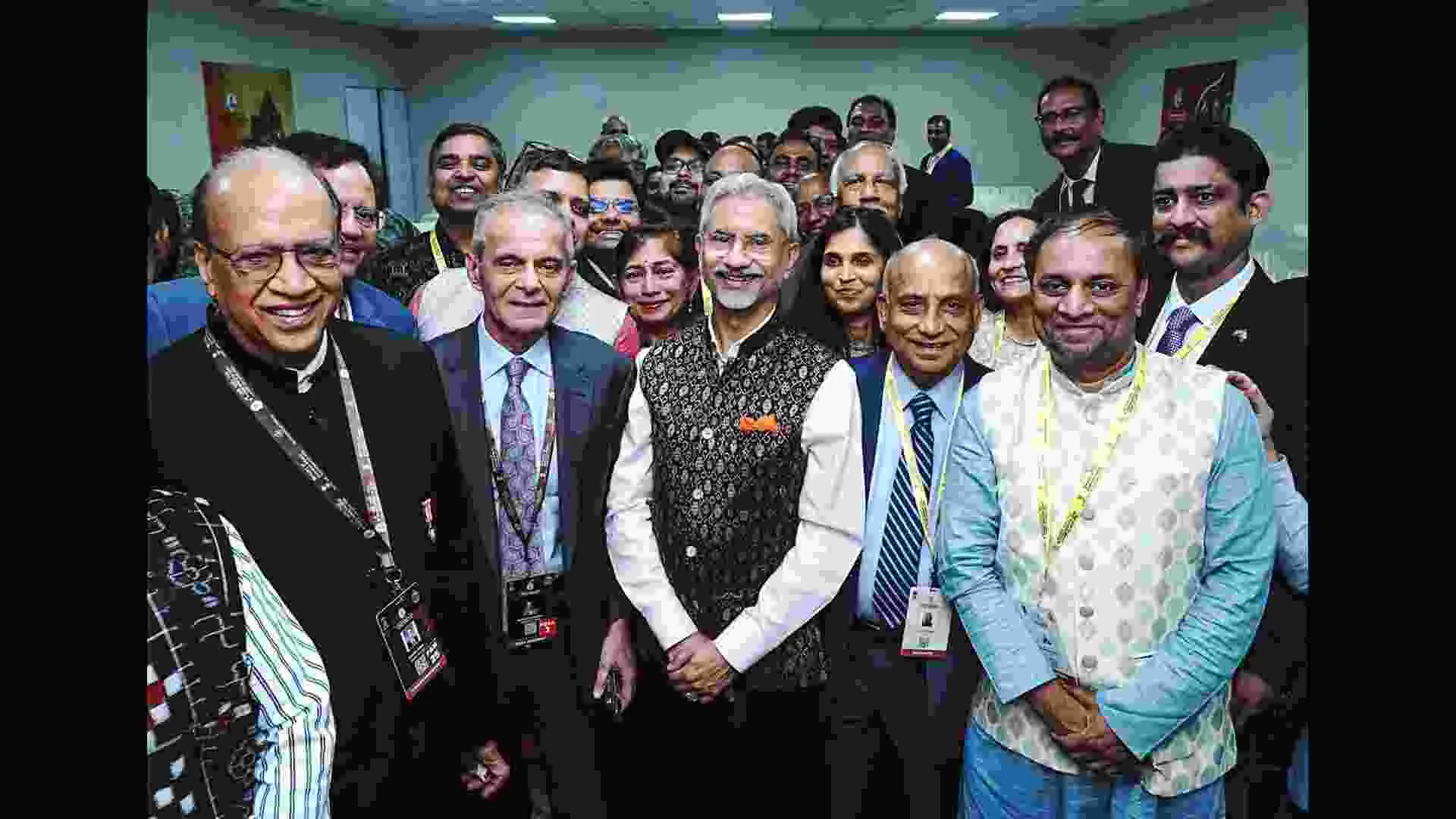You ought to be living under a rock if you find yourself unaware of the Cannes film festival that takes place on the French Riviera annually. The Festival de Cannes is no “ordinary soiree”. It is a magnum opus that draws world-class artists, filmmakers, patrons of art, and the who’s who of the film industry.


 Mame Khan
Mame Khan
As the glitterati of showbiz descended on the red carpet, one peculiar gentleman graced the Festival de Cannes and, with that, registered a historic moment. With his head adorned in elegant headgear, not a French beret but a ‘Safa’ (a traditional Rajasthani equivalent of a turban), was Mame Khan, a celebrated Langa folk singer from Jaisalmer, Rajasthan.
Mame Khan has been triumphant in paving the way for the folk music of Rajputana into mainstream Indian cinema.
The Coke Studio fame not only walked the red carpet but performed a folk song, “Ghoomar”, which swayed the hearts of every Rajput kid. A song that I, along with a myriad of others, grew up listening to and watching our graceful ladies twirl with beautiful and meticulous moments of hand. A view that lends insight into an expression of a decades-long form of art.
Khan graced the bougie film festival with his suavity, and with his footsteps walked the unsung folk artists from the sandy towns of Rajasthan who deserve the representation of their art on a global platform.
GHOOMAR: A HISTORY OF GRACE
Ghoomar is an art which is irrevocably braided into the culture of Rajasthan. It is mainly performed by women in the secluded confines of zenana (inner parts of the house where women live). The exquisite dance form gets its name from the Hindi word “Ghoomna” (roughly translates to a twirling or spinning movement), showing the vibrant and mesmerising colours of the “Ghaghra”, a flared long skirt worn by women in Rajasthan. It requires remarkable effort and precision to maintain an elegant and uniform twirl. An online website ranked it fourth in the competition of local dances around the world in 2013.
The end of the monarchy marked the onset of a new era, and with that followed a wave of change. The royals, left with mere titular roles, made a move from the palace to politics, the ‘Thakurs’ made a conscious effort to preserve their heritage sites to turn them into cultural havens and create a bloom of tourism, and the middle class got on with their lives. While a lot has changed in the demographics of Rajasthan, the irresistible appeal of Ghoomar has been a common cultural denominator in the state. From the elite to the common man, the love for folk-dance courses through the veins of people from all spheres of life.
While the unwavering faith of our older generation in the culture has remained intact. The sun of liberalisation has shone on the younger sections of our society, and with that has risen a newfound angst to find oneself. The dilemma of how to find the perfect middle ground between the new world and the old world creeps inside the mind. I am no stranger to this labyrinthine complexity.
However, I believe that Ghoomar is a piece of history and a wealth that we can retain and further pass on to the next generation. Just like a chiffon saree or a Poshak in our closet, given to us by our mothers or grandmothers that holds the scent of their perfume, a tale of another time. The romanticizing of chiffons, necks decked with freshwater pearls, or the charm of our very own haute couture ‘Poshaks’ will always resonate with the status quo of our youth.
THE LANGAS AND MANGANIARS
The folk dance is performed to the soothing verses sung by the musical maestros of Rajasthan, the Langas and the Manganiars. The infamous Langas and Manganiars are the rhythm of Rajasthan. The ‘Raag and Taal’, which carries on the tale of times, these musical groups are the essence of Rajputana and the heart of Rajput weddings. Their unconventional voices, coupled with the rhythmic beats of dhol and the twirling of the Gaghra of Poshak on cue, create a frame so magical that it would inspire da Vinci to ditch “The Monalisa” and paint a “Thakurani” instead.
The Langas and Manganiyars have a diverse array of folk songs for different occasions such as weddings, births, and spiritual ceremonies. The folk songs usually begin with a philosophical commentary followed by the singing of ragas, usually accompanied by various instruments such as the Dholak, Khadtal, and Algoja.
THE QUEST FOR NATIONAL PROMINENCE
Ghoomar’s national recognition has seen a significant late bloom. While the art form has seeped its roots deep into Rajasthan, the national expansion of folk dance has a long way to go.
Maharani Rajmata Govardhan Kumari of Santrampur established the “Gangaur Ghoomar Dance Academy” in 1986 to preserve the dance form. She was awarded the fourth highest civilian honour, the Padma Shri, in 2007 for her laudable efforts in contributing to art and promoting the Ghoomar folk dance.
The folk dance recently took centre stage in mainstream Indian cinema with the 2019 released epic saga “Padmavat”, directed by Sanjay Leela Bhansali, and became a sensation.
The appearance of folk singer Mame Khan at the Cannes film festival and the international representation it draws paves the way for a monumental shift in the nationwide status of the dance form.
Rajasthan has birthed a culture and lineage of unsurmountable glory, grace, pomp, and pageantry. The culture continues to live in the spirit of Rajasthan. It is more than a mere fragment of bygone times. It is our identity, a part of who we are. Every person is a carrier of his or her ancestral legacy. Our culture needs us to keep it alive as much as we need it to fortify our sense of identity. So, the responsibility for the preservation of the authentic form of this divine art form falls on our shoulders.

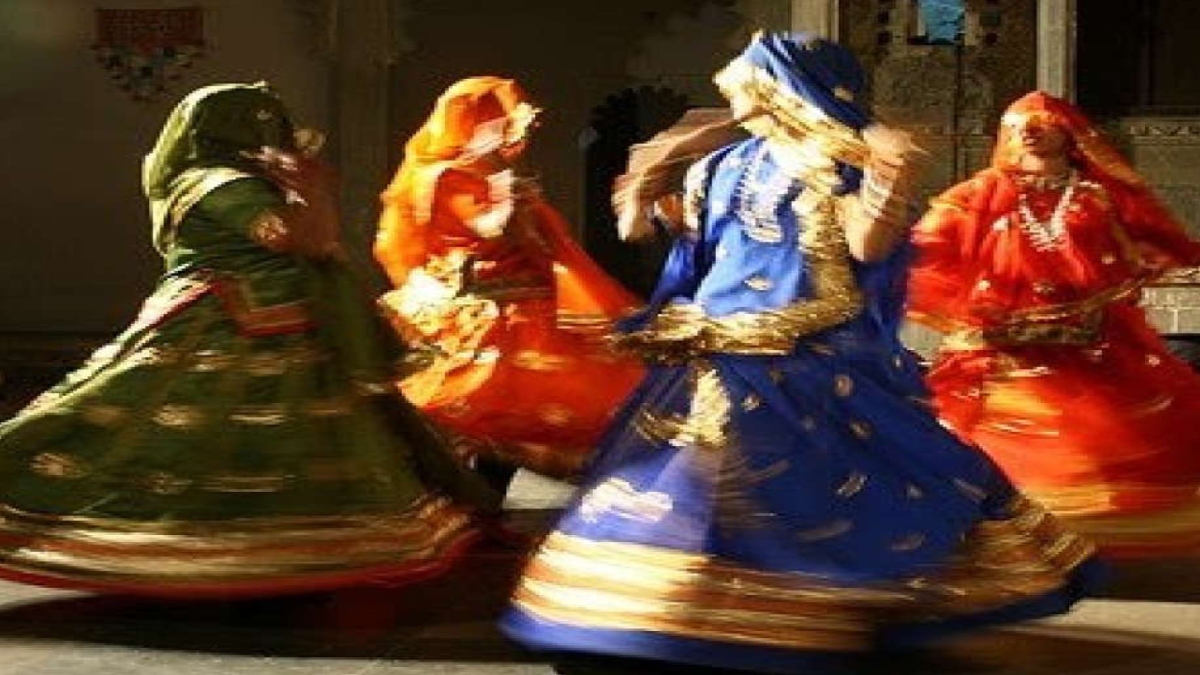
 A still from the ‘Padmavat’.
A still from the ‘Padmavat’.